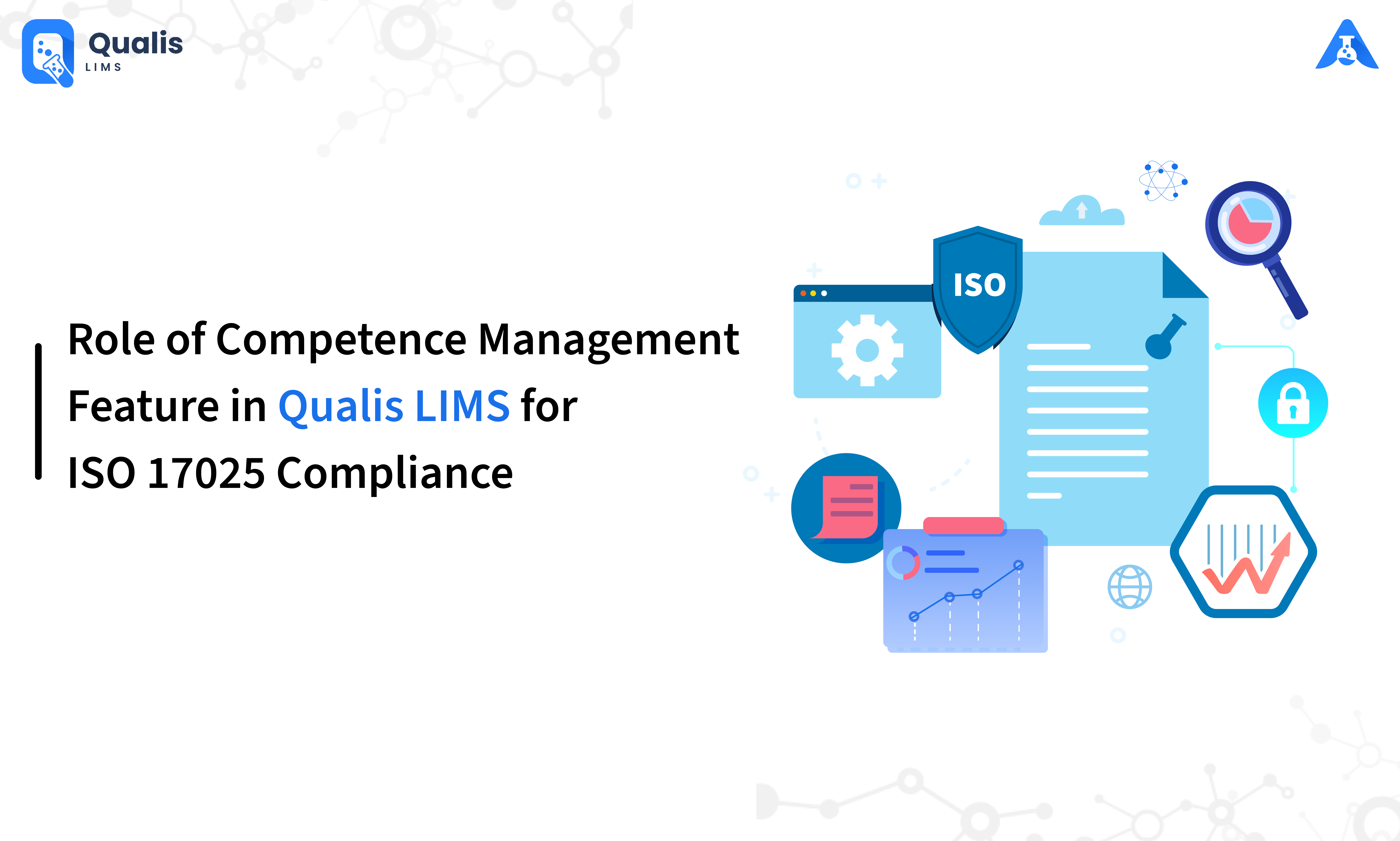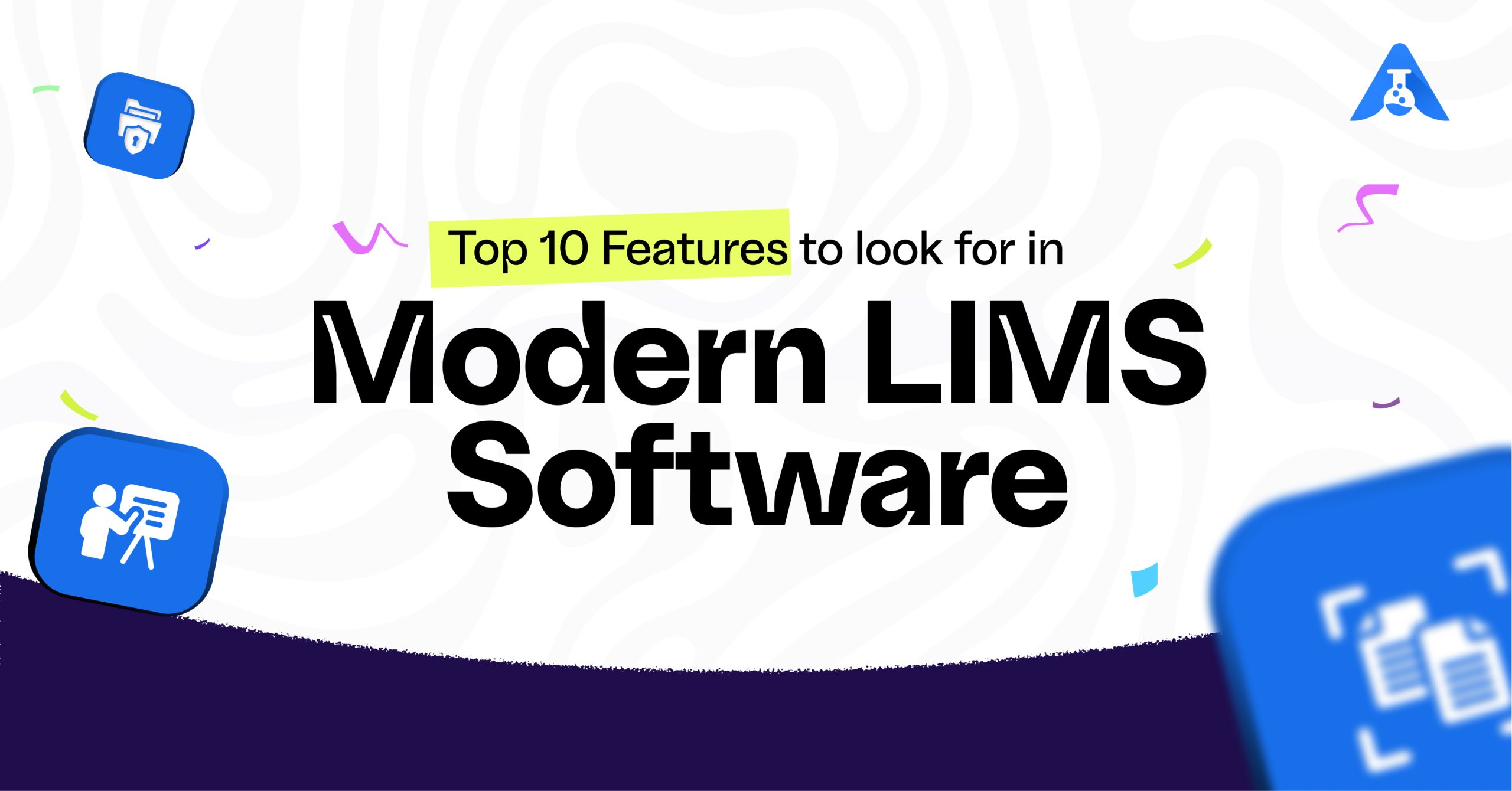Why Competence Management is Critical for Labs
Competence management in the context of laboratory operations and compliance refers to the systematic process of ensuring that all laboratory personnel have the required skills, knowledge, training, and experience to perform their tasks effectively and safely, in accordance with both internal standards and external regulatory requirements. This includes the identification of necessary competencies for each role within the laboratory, assessing the current competence levels of staff, providing training and development opportunities to fill any gaps, and continuously monitoring and evaluating staff performance against predefined standards.
The aim of competence management in laboratories is two-fold: firstly, to guarantee the accuracy, reliability, and consistency of the test results and data generated by the laboratory, and secondly, to uphold and enhance compliance with quality management systems such as ISO 17025. Effective competence management is critical for maintaining the credibility and integrity of the laboratory’s operations, ensuring that it meets industry standards and regulatory guidelines, and fostering a culture of continuous improvement and professional development within the organization.
Competence management is crucial for laboratories due to several key reasons that impact their overall functionality, safety, and reliability:
Quality Assurance and Accuracy: Competence management ensures that laboratory personnel have the necessary skills and knowledge to perform tests and procedures accurately. This is crucial in labs where precision is vital, such as in medical, pharmaceutical, or chemical testing environments. Skilled personnel are less likely to make errors, leading to more reliable and consistent results.
Regulatory Compliance: Many laboratories operate in highly regulated industries where compliance with standards such as ISO, GLP (Good Laboratory Practice), or specific governmental regulations is mandatory. Competence management helps labs ensure that all staff are up-to-date with these requirements and trained to comply with them, thus avoiding legal issues and fines.
Safety: Laboratories often handle hazardous materials or conduct experiments that could be dangerous if not managed correctly. Competent staff can safely manage these risks, protecting themselves and others from accidents. This also includes the ability to respond effectively to emergencies.
Efficiency and Productivity: Competent employees are generally more efficient, as they can perform their tasks effectively without needing excessive supervision or correction. This increases the lab’s overall productivity and can reduce costs associated with delays, retesting, or wastage of materials.
Innovation and Development: Competent lab staff are better equipped to contribute to research and development efforts. They can apply their knowledge and skills creatively to solve problems, improve existing procedures, or develop new ones. This is particularly important in fields that are rapidly advancing.
Professional Development and Retention: A well-structured competence management program often includes ongoing training and professional development, which can be highly motivating for staff. It can also aid in employee retention, as individuals appreciate opportunities to advance their skills and careers.
Reputation and Credibility: Laboratories with a reputation for competence and reliability are more likely to attract and retain clients or funding, especially in competitive or public health sectors. This can be critical for labs dependent on grants, contracts, or customer loyalty.
Effective competence management in laboratories is about more than just ensuring operational success; it is also about fostering a culture of continuous improvement and safety.
Overview of ISO 17025
ISO 17025 is an important international standard that specifies the general requirements for the competence of testing and calibration laboratories. It is designed to ensure that labs can produce precise and accurate test and calibration data. The following is a brief overview of the standard and its role in laboratories:
Scope: ISO 17025 applies to all laboratories that perform calibration or testing, regardless of their number of personnel or the extent of their testing activities. It includes both first party (internal) laboratories and third-party (external) laboratories, and it can be applied to all non-clinical testing environments.
Main Elements: The standard consists of two main sections:
Management Requirements: This section focuses on the operation and effectiveness of the quality management system within the lab. It covers areas such as organizational structure, document control, review of contracts, subcontracting, purchasing, complaints, control of nonconforming work, corrective actions, and management reviews.
Technical Requirements: This section addresses the competence of staff, methodology, equipment, and the physical environment of the laboratory. It covers aspects like method validation, uncertainty of measurement, control of data, and calibration of equipment.
Role of ISO 17025 in Laboratories
Adherence to ISO 17025 enhances the reliability of outcomes produced by laboratories, making it an essential standard for labs that wish to uphold the integrity of their testing or calibration tasks.
Competence Assurance: Implementing ISO 17025 helps laboratories demonstrate that they operate competently and can generate valid results, thereby promoting confidence in their work both domestically and around the world.
Consistency: The standard helps in maintaining consistency in laboratory processes through controlled methods and stringent quality controls.
Benchmarking: It provides a basis for most other quality systems that relate to laboratories, including regulatory schemes. By benchmarking operations against an internationally recognized standard, labs can more easily expand their scope of accreditation or recognition.
Global Recognition: Accreditation to this standard is globally recognized, which aids laboratories in gaining a competitive edge in the marketplace and helps in reducing the need for retesting by other labs, as results are accepted between countries.
Continuous Improvement: The standard encourages labs to engage in continuous improvement practices through regular assessments and the need to address deficiencies.
Challenges Faced by Lab in Meeting Competence Requirements
Meeting competence requirements in laboratories presents several challenges, mainly due to the complex nature of the tasks and the high standards required for precise and reliable outputs. Here are some of the key challenges laboratories face:
1. Staff Training and Development
Continuous Learning: Keeping up with technological advances and regulatory changes requires ongoing training, which can be time-consuming and expensive.
Specialization: Many laboratory procedures require specialized skills, which can be challenging to develop in-house. Finding and retaining specialized talent often poses a significant challenge.
2.Financial Constraints
Cost of Training and Equipment: Investing in high-quality training programs and state-of-the-art equipment to ensure competence can be prohibitively expensive, especially for smaller or underfunded laboratories.
Accreditation Expenses: The process of achieving and maintaining accreditation, such as ISO 17025, involves significant costs, including fees for auditors and continuous quality assurance activities.
3.Technological Advancements
Keeping Pace: Rapid advancements in technology and methods can outstrip the current capabilities of laboratory staff and equipment, necessitating continual upgrades and training.
Integration: Integrating new technologies with existing systems without disrupting ongoing operations is often a technical and logistical challenge.
4.Regulatory Compliance
Complexity of Standards: Understanding and implementing the detailed requirements of standards and regulations can be complex and burdensome.
Global Standards: For labs that operate or provide services internationally, meeting multiple regulatory standards from different countries can be particularly challenging.
5.Quality Control and Assurance
Maintaining Consistency: Ensuring consistent quality and reliability in results across different tests and different operators requires robust quality control systems and frequent calibration of equipment.
Error Reduction: Identifying and minimizing errors in test results, which can come from human or technical sources, is crucial and requires comprehensive quality management.
6.Documentation and Data Management
Record Keeping: Maintaining detailed, accurate documentation and data management practices are essential but can be resource intensive.
Data Security: Ensuring the security and confidentiality of sensitive or proprietary data, especially in compliance with data protection regulations, adds another layer of complexity.
7.Cultural and Organizational Challenges
Change Management: Implementing new procedures or technologies often requires changes in the organizational culture and overcoming resistance from staff.
Leadership and Management: Effective leadership is required to drive competence initiatives, and a lack of skilled management can hinder these efforts.
These challenges require a strategic approach, including investment in staff development, adoption of advanced technologies, efficient management of resources, and a commitment to continuous improvement to ensure that laboratories can meet the demanding competence requirements of their operational environments.
What is LIMS?
A Laboratory Information Management System (LIMS) is a software system designed to streamline the management of laboratory data and operations. LIMS is utilized in various scientific and industrial settings where laboratories need to manage large volumes of data, such as in pharmaceuticals, healthcare, environmental science, manufacturing, and research institutions.
Main features of Laboratory Information Management System (LIMS) typically include sample tracking, data management, workflow automation, instrument integration, quality control, and regulatory compliance. By centralizing and automating these processes, LIMS helps laboratories improve efficiency, accuracy, and productivity in their operations. Additionally, LIMS enables better data organization, retrieval, and analysis, facilitating decision-making processes within the laboratory setting.
About Qualis LIMS
Agaram Technologies’ Qualis LIMS has been designed to digitally transform laboratories to perform their tasks in an automated and paper-less manner, and more importantly enable them to fulfill regulatory compliance requirements and adhere to industry standards.
It is used by laboratories to conduct tests/experiments and research in any industrial, commercial, and analytical testing of samples. It provides a very structural method to document laboratory investigation results in an automated and paper-less manner besides fulfilling various regulatory compliance and standard requirements.
How Competence Management Feature in Qualis LIMS Helps Labs to Adhere ISO 17025
Competence management feature in Qualis LIMS is designed to ensure that laboratory personnel are qualified and capable of performing their assigned tasks accurately and efficiently, thereby supporting the laboratory’s compliance with ISO 17025 standards.
Here is an overview of the key features related to competence management in Qualis LIMS and how they assist laboratories in meeting ISO 17025 requirements:
1. Training & Certification Management
User Profiles and Certifications: Qualis LIMS maintains detailed profiles for each laboratory member, documenting their qualifications, certifications, and any specific training they have undergone. This comprehensive record-keeping is essential for demonstrating compliance with ISO 17025, which requires evidence of personnel competence.
Scheduled Training Sessions: The system allows for the scheduling and tracking of training sessions, ensuring that all personnel receive the necessary education and training to perform their duties effectively. This proactive approach to training is in line with ISO 17025’s emphasis on the ongoing competence of laboratory staff.
Certification Tracking: Qualis LIMS tracks the certification status of all personnel, including expiration dates, to ensure that all certifications are current. This feature supports the ISO 17025 requirement that laboratories must ensure personnel are continually able to perform their tasks competently.
2. Training Updates and Competence Details
Attendance Tracking: The system records attendance for scheduled training sessions, providing an audit trail that verifies participation and compliance with training requirements.
Competence Evaluations: After training sessions, Qualis LIMS facilitates the assessment of personnel competence through tests or performance evaluations. This ensures that the training has been effective and that personnel can perform their tasks according to the laboratory’s standards and ISO 17025 requirements.
Training Completion and Competency Status: Qualis LIMS updates the training and competency status of each staff member upon the completion of training sessions and successful competence evaluations. This feature allows laboratory managers to easily monitor which staff members are qualified for specific tasks, ensuring that only competent personnel are assigned to work on testing and calibration tasks.
Impact on ISO 17025 Compliance
Demonstration of Competence:
By maintaining detailed records of training, certification, and competence evaluations, Qualis LIMS provides laboratories with the documentation needed to demonstrate compliance with ISO 17025. This standard requires laboratories to prove that their personnel are qualified and capable of performing their assigned tasks.
Continuous Improvement:
The system supports the principle of continuous improvement, a key aspect of ISO 17025, by enabling laboratories to identify training needs and address them promptly, thereby ensuring that personnel competence keeps pace with technological advancements and methodological changes.
Audit Readiness:
With comprehensive records and easy access to data on personnel competence, laboratories are better prepared for audits. The ability to quickly provide evidence of staff qualifications and training helps fulfill ISO 17025’s stringent documentation requirements.
Benefits of Effective Competence Management in Labs
Effectively managing competence in a laboratory setting is critical for ensuring safety, efficiency, and the integrity of scientific results. Here are some key benefits:
1. Enhanced Safety: Competent lab personnel are well-trained in handling hazardous materials, operating equipment safely, and responding to emergencies. This reduces the risk of accidents and injuries.
2. Improved Quality of Results: When lab workers are proficient in their roles, they are more likely to conduct experiments accurately and consistently. This leads to reliable and reproducible results, which are fundamental for scientific validity.
3. Increased Efficiency: Competent staff can perform tasks more swiftly and effectively, reducing the time and resources needed for experiments. This efficiency can lead to cost savings and faster project completion times.
4. Compliance with Standards and Regulations: Laboratories must comply with various regulatory standards related to safety, quality, and environmental impact. Competent personnel are crucial for maintaining these standards and ensuring that the lab operates within legal and ethical boundaries.
5. Enhanced Reputation and Credibility: Laboratories that consistently produce valid and reliable results build a strong reputation in the scientific community. This credibility can attract more funding, collaborations, and talented researchers.
6. Professional Development and Retention: A focus on competence development can lead to greater job satisfaction among staff, as they feel more capable and valued in their roles. This can enhance staff retention and attract more qualified personnel.
7. Innovation and Adaptability: Competent personnel are better equipped to adapt to new technologies and methodologies, which can lead to innovations in research and development.
Overall, the effective management of competence in a laboratory is integral to its success and its ability to contribute to scientific knowledge and innovation.

Conclusion
In conclusion, the role of competence management features in Qualis LIMS cannot be overstated for laboratories striving for ISO 17025 compliance. These features are instrumental in ensuring that staff are not only up-to-date with their training but are also performing procedures in accordance with stringent quality and regulatory requirements. By automating and integrating competence tracking directly into the laboratory’s management system, Qualis LIMS significantly reduces the administrative burden. This integration helps laboratories maintain an ongoing record of personnel qualifications, training, and assessments, which is essential for both internal audits and external accreditation processes.
Moreover, the competence management module in Qualis LIMS serves as a strategic tool that empowers laboratory managers to plan and execute continuous professional development activities for their staff. This ensures that the laboratory not only meets current compliance standards but is also prepared to adapt to future changes in regulations and practices. The ability to quickly address gaps in skills and knowledge directly through the LIMS enhances operational efficiency and improves the overall quality of lab outputs.
Ultimately, implementing a Laboratory Information Management System (LIMS) with robust competence management capabilities like Qualis LIMS offers a clear pathway to achieving and maintaining ISO 17025 accreditation. It provides a transparent, auditable system that instills confidence among stakeholders, including regulatory bodies, customers, and the laboratory staff themselves. For any laboratory committed to upholding the highest standards of quality and compliance, investing in such technology is not just beneficial, but essential for success in today’s competitive and ever-evolving scientific landscape.





